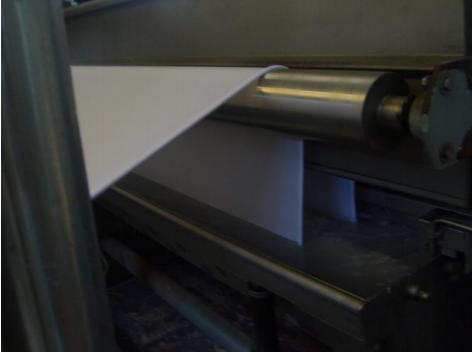What is Optical Painting?

Optical brighteners are substances that absorb ultraviolet rays (UV: l < 400nm) that the human eye cannot see and shift these rays to the spectrum region (blue-violet area) that the human eye can see and reflect. In other words, it shows "Fluorescence" feature. We can notice its optical color under ultraviolet light.
In optical white fabrics, the whiteness degree of the pre-optical ground color is expressed as the berger value. This value is the values measured by spectro in color measuring devices. Those above 65 berger are normal, and those over 70 berger are perfect.
For optical dyeing, it is useful to have a separate dyeing machine. Because lightly dyed fabrics in later charges are contaminated with optics. This is also noticeable under ultra violet light.
Or the first charge behind the optical painting should be a dark color.
Optical white dyeing is most commonly done on cotton fabrics. Optical white dyeing is applied to cotton fabrics such as Italian melange, gray melange, viscose and modal fabrics. Optical white dyeing is also applied to polyamide and polyester fabrics. Only the pretreatment and dyes are different.
Before the optical white dyeing process, cotton fabrics are bleached as before dyeing. However, in this bleaching, the amount of caustic and peroxide used is higher than the degree of whiteness desired. E.g:
While 2.5 g/l 47 Be° liquid caustic and 2 g/l peroxide are used in sugar bleaching under dye; 5 g/l 47 Be° liquid caustic and 6 g/l peroxide are used in bleaching under white dyeing.
Cheese; It is the process done to clean the cotton from impurities such as lice, oil and wax and to whiten the fabric.
30.12.21 02:211177 Reads
